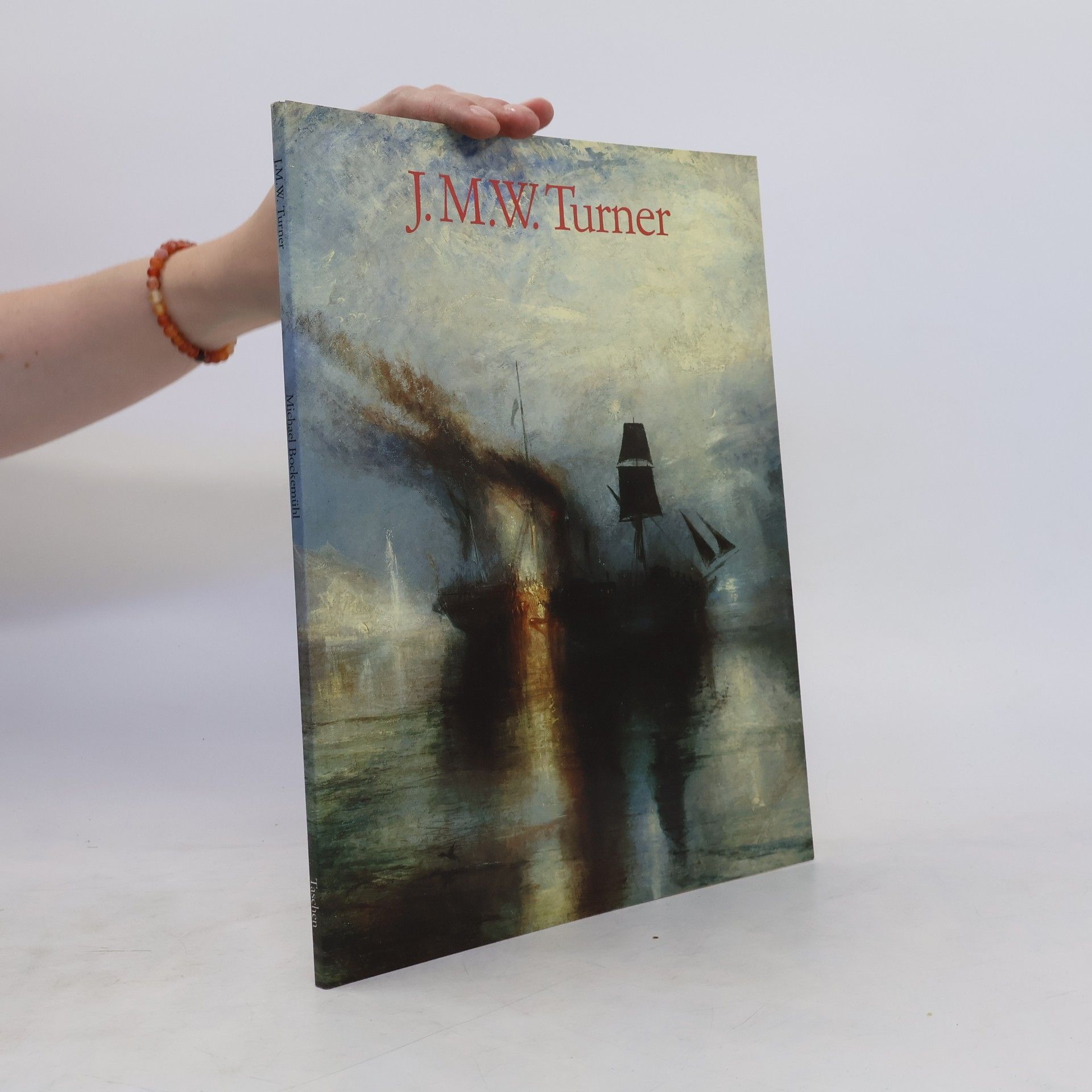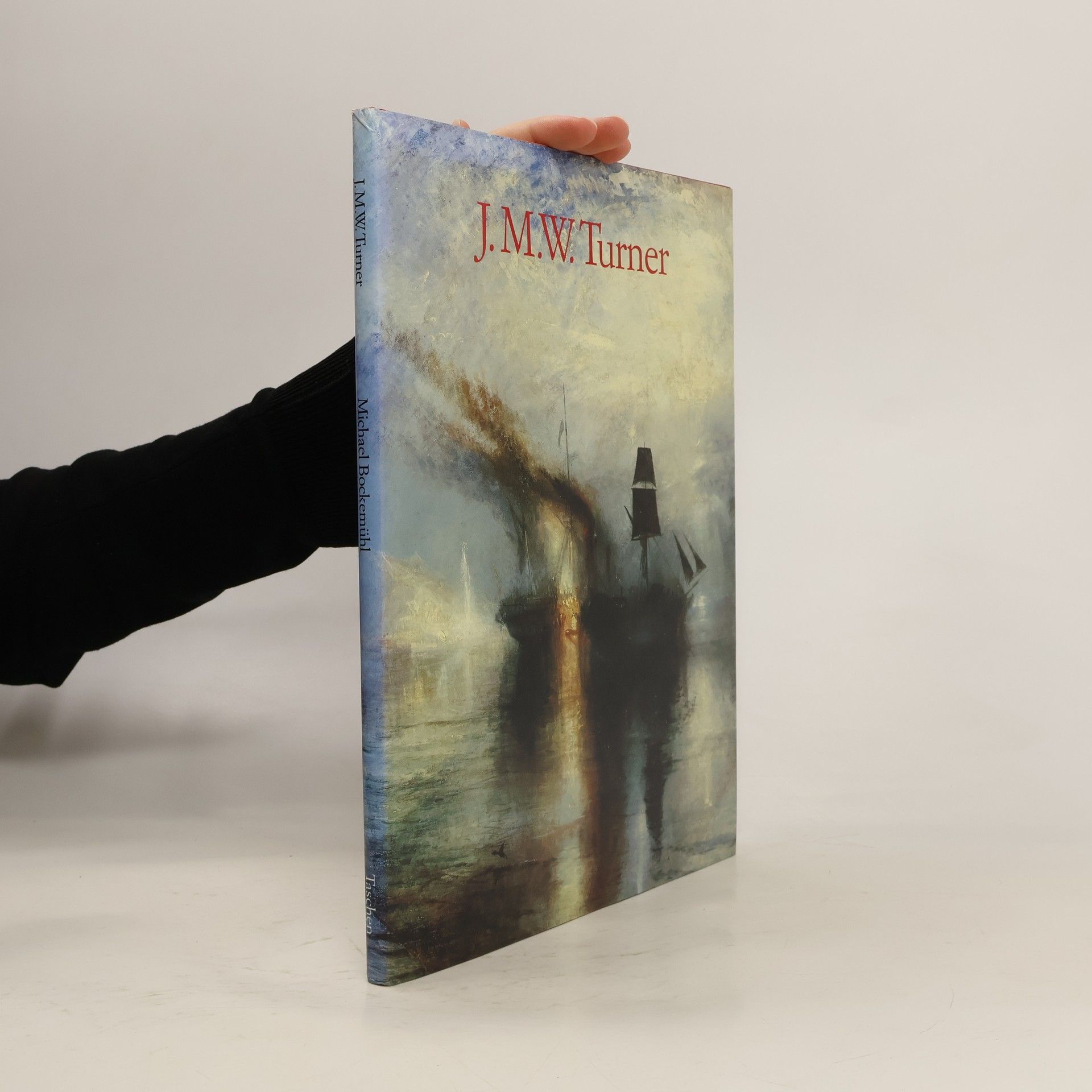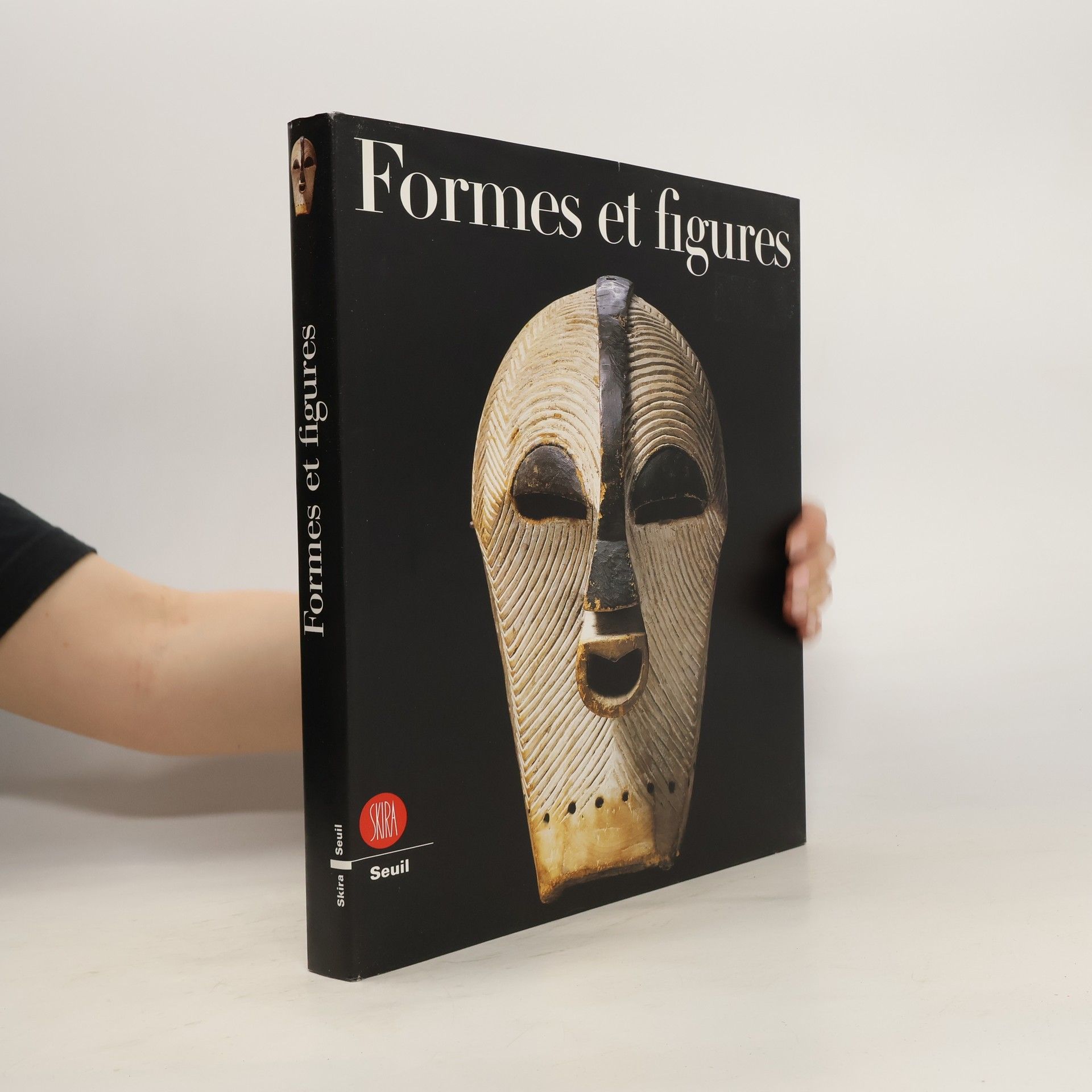Jak by slepý spatřil svět, kdyby se mu zrak znenadání vrátil: tak lze popsat účinek Turnerových obrazů na pozorovatele. John Ruskin, neústupný obhájce díla Williama Turnera (1775-1851) v 19. století, mluvil o "nevinnosti oka", které vnímá barvy a tvary ve světě předtím, než rozpozná jejich významy. Avšak aby Turner takový styl vytvořil, musel nejprve překonat dědictví pozdně rokokových akademických technik. Byl romantikem a realistou zároveň - a přesto ani jedno z toho. Jeho krajiny, v nichž daleko předběhl svou dobu, jsou pokládány za první posly impresionismu, ale vykazují také rysy, které ovlivnily expresionismus, a mnohé z jeho pozdních kompozic jsou skrz naskrz surrealistické. Tato kniha poskytuje zázemí nutné k tomu, aby se Turnerovy obrazy otevřely oku. Ukazuje, že Turner nejen ilustroval přírodu, ale že jeho malby oslovují přímo lidské oko - stejně jako sama příroda, pomocí světla a barvy.
Michael Bockemühl Knihy

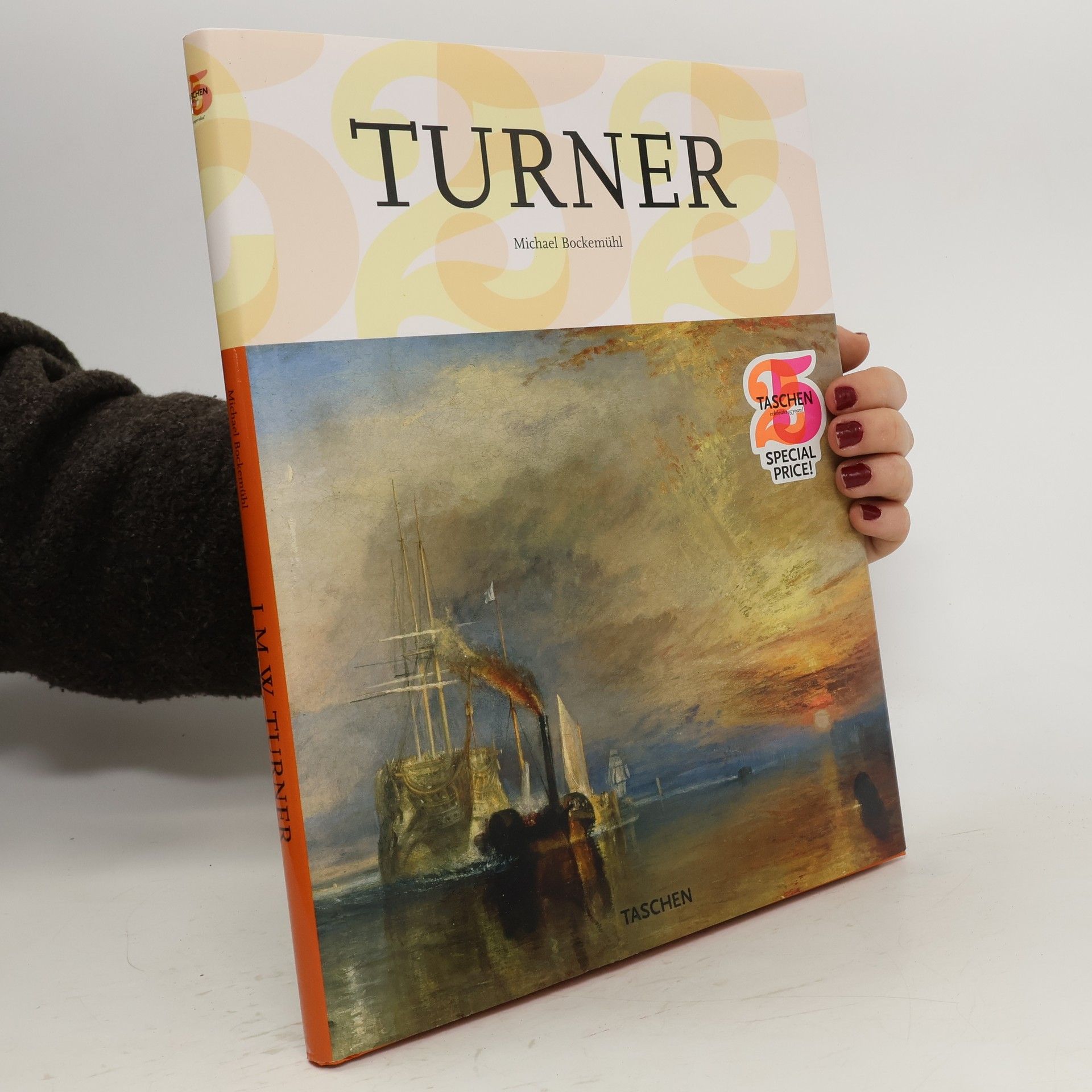
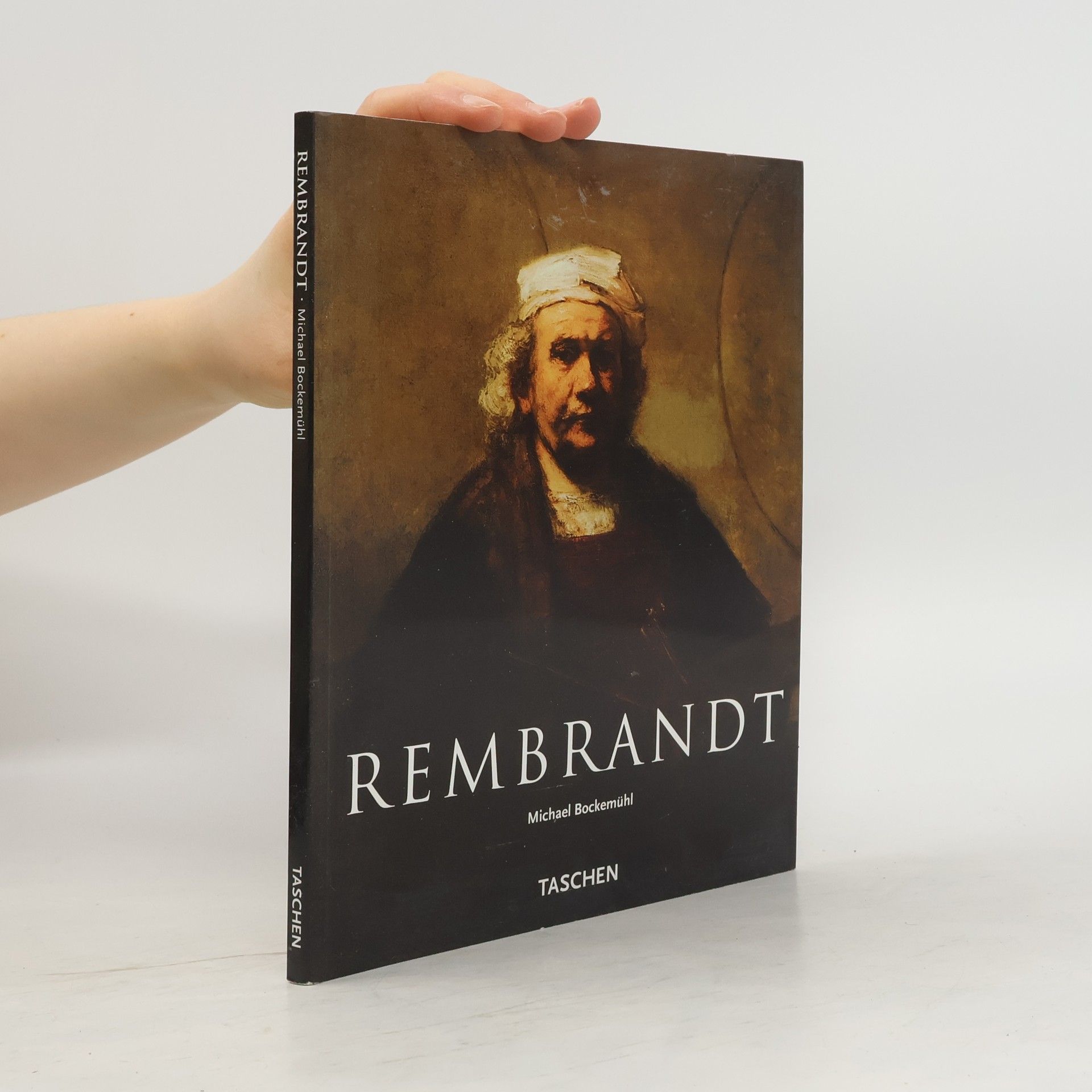
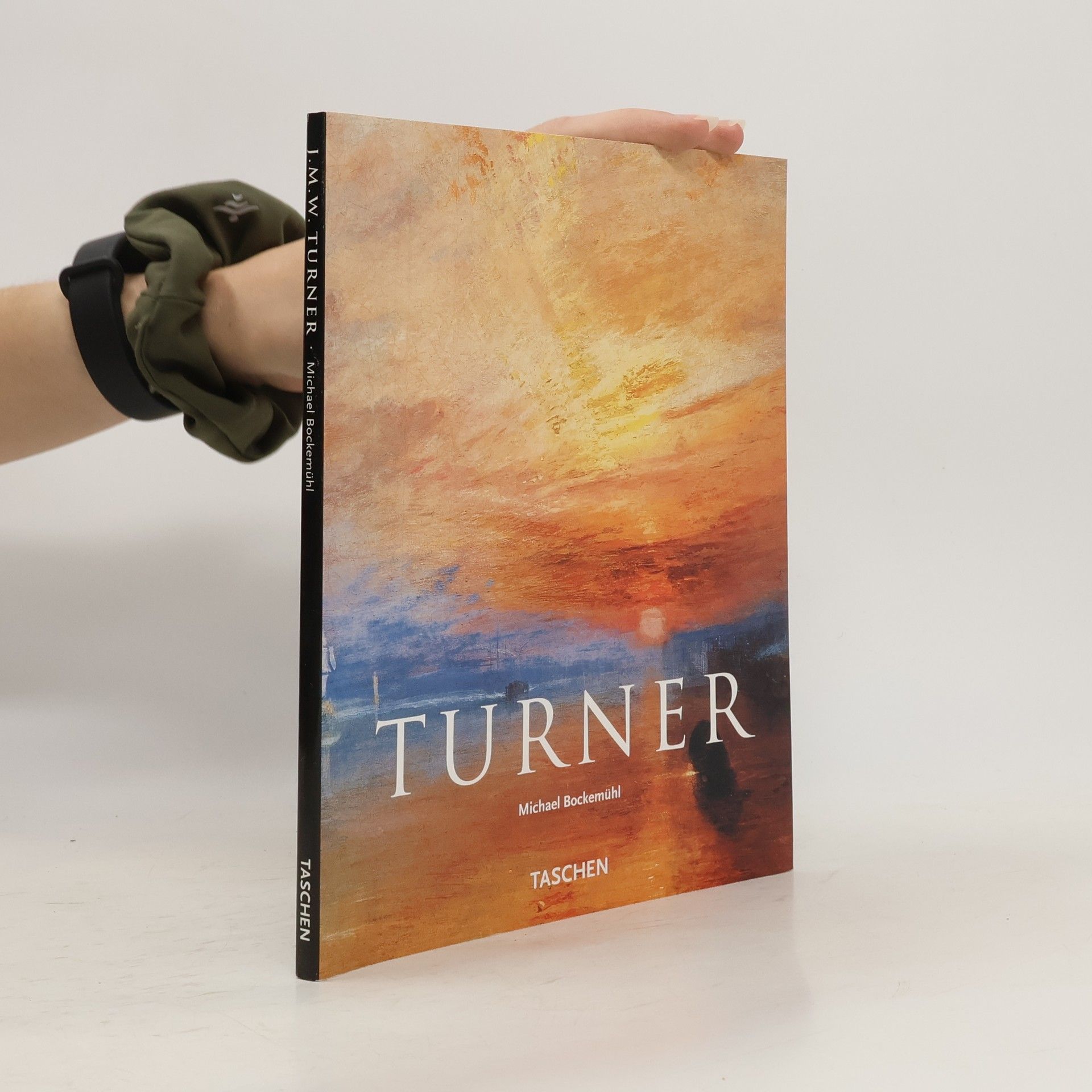


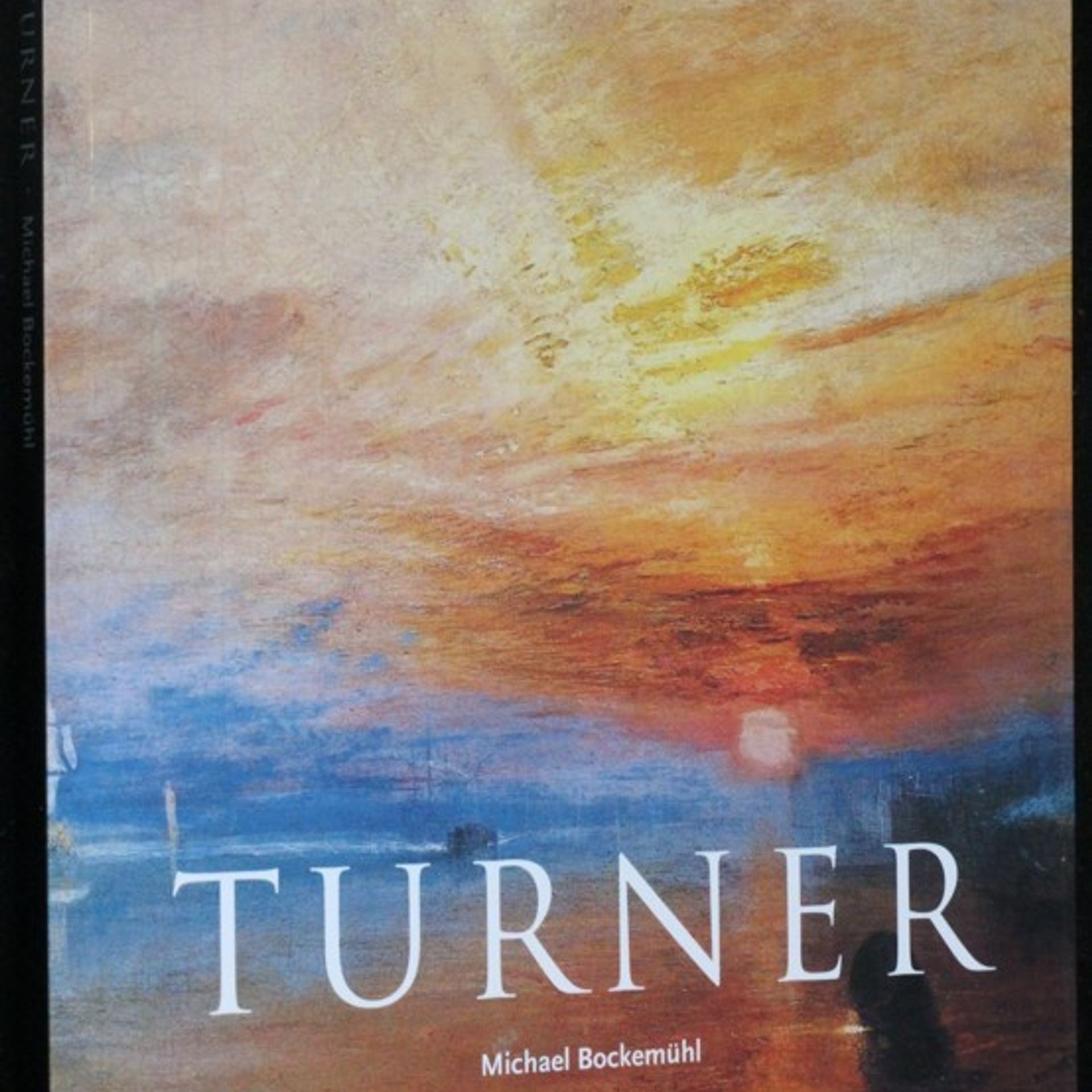
Rembrandt 1606-1669. Tajemství odhalené formy
- 96 stránek
- 4 hodiny čtení
Tajemství odhalené formy Rembrandtův malířský rukopis prošel za čtyřicet čtyři léta tvůrčího období mimořádně dalekosáhlými proměnami. Z téměř neohrabaných či divokých začátků vyrostl bohatý rejstřík nesrovnatelné malířské virtuozity.
Rembrandtův malířský rukopis prošel za čtyřicet čtyři léta tvůrčího období mimořádně dalekosáhlými proměnami. Z téměř neohrabaných či divokých začátků vyrostl bohatý rejstřík nesrovnatelné malířské virtuozity.
William Turner (1775-1851) was simultaneously a romantic and a realist--and yet he transcended both styles. This book opens up Turner's paintings, demonstrating that he was not simply illustrating nature, but that his pictures speak directly to the eye as nature does itself.
Rembrandt 1606-1669. The Mystery of the Revealed Form
- 96 stránek
- 4 hodiny čtení
The mystery of the revealed A mirror of the artistic and intellectual developments of the 17th century Rembrandt Harmensz van Rijn (1606–1669) was one of the most complex and multi–faceted artists of the 17th century. From his initial period in Leiden to his early and late phases in Amsterdam, the stages of Rembrandt’s career mirror the artistic and intellectual developments of the century. After breaking off his studies in Leiden, the young Rembrandt trained as a painter for two years and eventually established his own painting workshop. Characteristic of the Leiden period are his biblical histories, such as The Raising of Lazarus , but the roots of Rembrandt’s portraiture, nourished by his intensive studies of physiognomy, also are to be found in these same years. Later, in Amsterdam, the perfection of Rembrandt’s likenesses initially won him the favor of numerous patrons—but the artist soon surpassed their expectations. Transcending traditional modes of presentation, Rembrandt composed his portraits in the same manner in which he had earlier constructed his scenes. The results are visible, for example, in the famous group portrait The Anatomy Lesson of Dr. Nicolaes Tulp from 1632. In the last phase of Rembrandt’s work—when, plagued by financial problems, he had withdrawn into seclusion—it is no longer possible to distinguish between event paintings and portraits. About the Each book in TASCHEN’s Basic Art series
William Turner (1775-1851) was simultaneously a romantic and a realist--and yet he transcended both styles. This book opens up Turner's paintings, demonstrating that he was not simply illustrating nature, but that his pictures speak directly to the eye as nature does itself.
J.M.W. Turner
The World of Light and Colour
As a blind person would see the world if the gift of sight suddenly returned - so might one describe the effect of Turner's paintings on the observer. John Ruskin, the uncompromising nineteenth century defender of the painting of William Turner (1775-1851) spoke of the 'innocence of the eye', which perceives the colors and forms of the world before it recognizes their significance. But in order to develop such a style, Turner first had to overcome the entire legacy of late rococo academic teachings. He was simultaneously a romantic and a realist - and yet he was neither. His landscapes, far in advance of their time, have been called forerunners of Impressionism, but they also posses traits that influenced Expressionism, and many of his late compositions are thoroughly surrealistic. Contents Observation -a method of approach Early days -expertise becomes evident Completed structure becomes open form The artist´s world: Mental conception and pictorial realization The open picture and its manifestation The "open secret" of colour J. M. W. Turner 1775-1851: Chronology Notes
Das Werk von Joseph Mallord William Turner (1775-1851) ist eine optische Explosion und visuelle Offenbarung. Seine Landschaften und Seestücke versengen das Auge geradezu mit ihrem gleißenden Licht und brillianten Farben, so als würde die Sonne selbst aus dem Rahmen scheinen. Der passenderweise „Maler des Lichts“ genannte Turner verwendete Drucktechniken, Aquarell- und Ölfarben, um anstelle von kontemplativen Landschaftsmalereien seine mit Leben pulsierenden Szenarien zu erschaffen. Sein Leben und Werk war eng mit der Themse und dem Meer verbunden, doch er stellte auch Boten der Industriellen Revolution wie Dampfschiffe oder Züge dar und setzte in seinen Bildern die Auswüchse der Zivilisation den Kräften der Natur entgegen. Dieses Buch präsentiert die ganze Bandbreite von Turners Oeuvre und stellt einen Künstler vor, der Tradition mit radikaler Modernität verband.
Formes et figures
- 271 stránek
- 10 hodin čtení
Diese Edition umfasst 20 Bände und basiert auf Vorlesungen von Professor Michael Bockemühl. Band 11 widmet sich Salvador Dalí und der Surrealismus, beleuchtet die Unsicherheit der Wahrnehmung und die Instabilität von Realität und Vorstellung. Bockemühl zeigt, wie Dalís Werke die Grenzen des Verstehens herausfordern.
